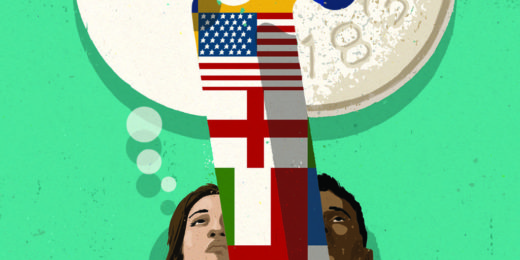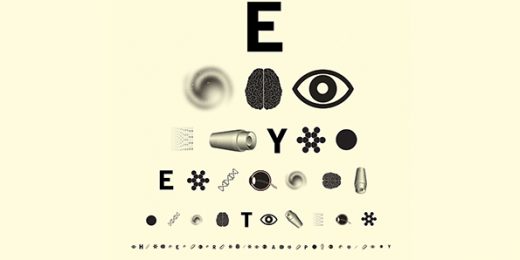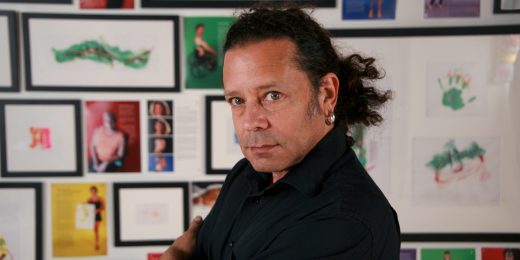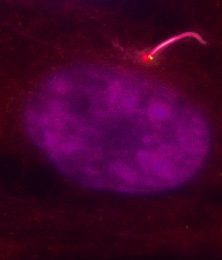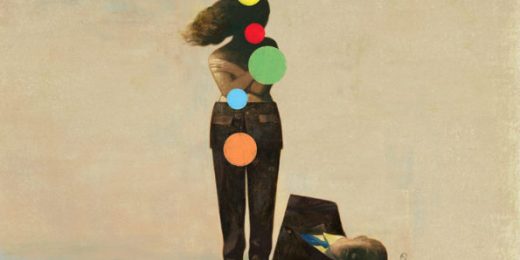Looking for a good biomedical or science read? Stanford Medicine leaders and science communicators suggest some of their favorites.
Author: Rosanne Spector
All the proteins on the job: A faster, more accurate way to examine the proteome
A team of Stanford researchers has developed a new model to more accurately identify proteins from a mass spectometry sample.
Experimenting — and playing: A workshop on creativity
Award-winning artist Joel Slayton led a workshop to spur Stanford biomedical researchers to tap into their playful side by building a nest for a toy drone.
Tales of tech wonders and worries are Stanford Medicine magazine’s top 2018 reads
The top Stanford Medicine magazine stories of 2018 tell of technological advances and possible dangers.
Our best reads of 2018: Stanford Medicine communicators’ picks
Looking for a good biomedical read? Stanford Medicine communicators offer up their top picks for the year.
Turning molecules into medicine with SPARK
As someone who had spent her career studying molecules on a computer screen, experiments involving people were a revelation and inspiration for Jane Tseng, PhD, …
Stress hormone rise at night leads to weight gain
Immature fat cells grow up if stress hormones rise at night. A new study explains the molecular underpinnings of why people gain weight due to chronic stress, disrupted circadian rhythms and treatment with glucocorticoid drugs.
Key genes for species diversity have been systematically ignored, Stanford study suggests
Researchers have assumed that "synonymous" mutations don't matter. Now it looks like they're among the most important for creating species diversity.
Stanford Medicine magazine’s top reads of 2017
A glance at the most popular Stanford Medicine magazine articles of the year.
Stanford Medicine magazine reports on the future of vision
As I learned while editing the new issue of Stanford Medicine magazine, many of the strategies being explored by Stanford vision researchers sound seriously sci-fi. …
Scar stories: Ted Meyer translates illness into art
Artist Ted Meyer told me he doesn't mind that for decades he lived with a painful, deadly disease. The nationally recognized painter was born with …
Enzyme crashes on DNA strands could yield insights into cancer
A chromosome is a busy place, with different types of molecular machines traversing the DNA strands and carrying out important business. One job for some …
What tiny antennae on our cells can tell us about the genetics of obesity
In 1675, Antonie van Leeuwenhoek, the inventor of the microscope, discovered a tiny antenna that sticks out of our cells. Until the last 20 years …
Stanford Medicine magazine reports on sex, gender and medicine
The practice of medicine would be a lot simpler if humans came in only one sex. And, as I learned while editing the new issue …
What art and the humanities bring to medicine: a look from Stanford Medicine magazine
Imagine your doctor told you at the end of an exam, “I’m going to prescribe you an artistic experience.” Would you be thinking, “Time to …
Stanford Medicine magazine’s top reads of 2016
A look at Stanford Medicine magazine's top stories of 2016 reveals some recurring themes: Two of the top five (based on pageviews on the magazine's …







